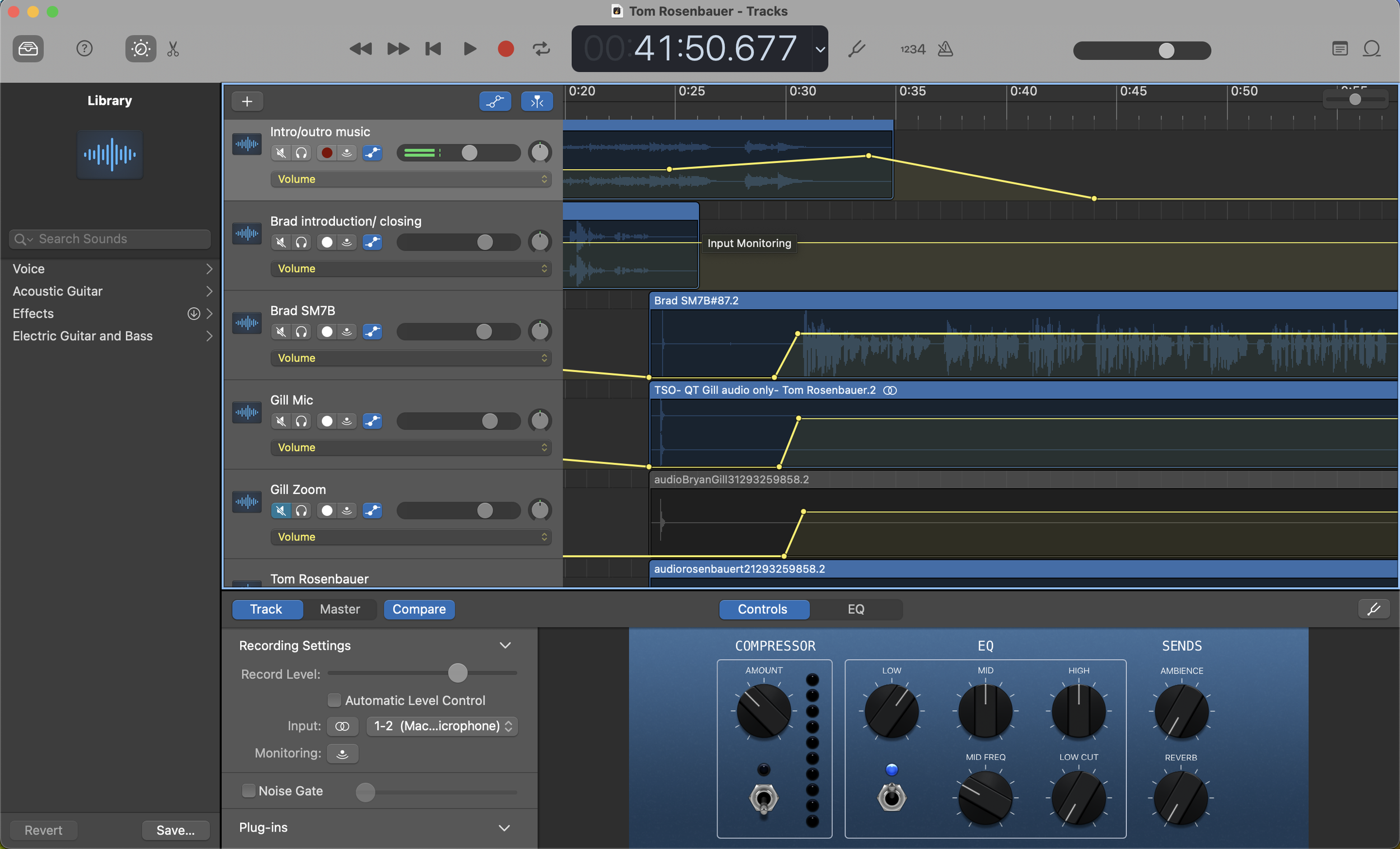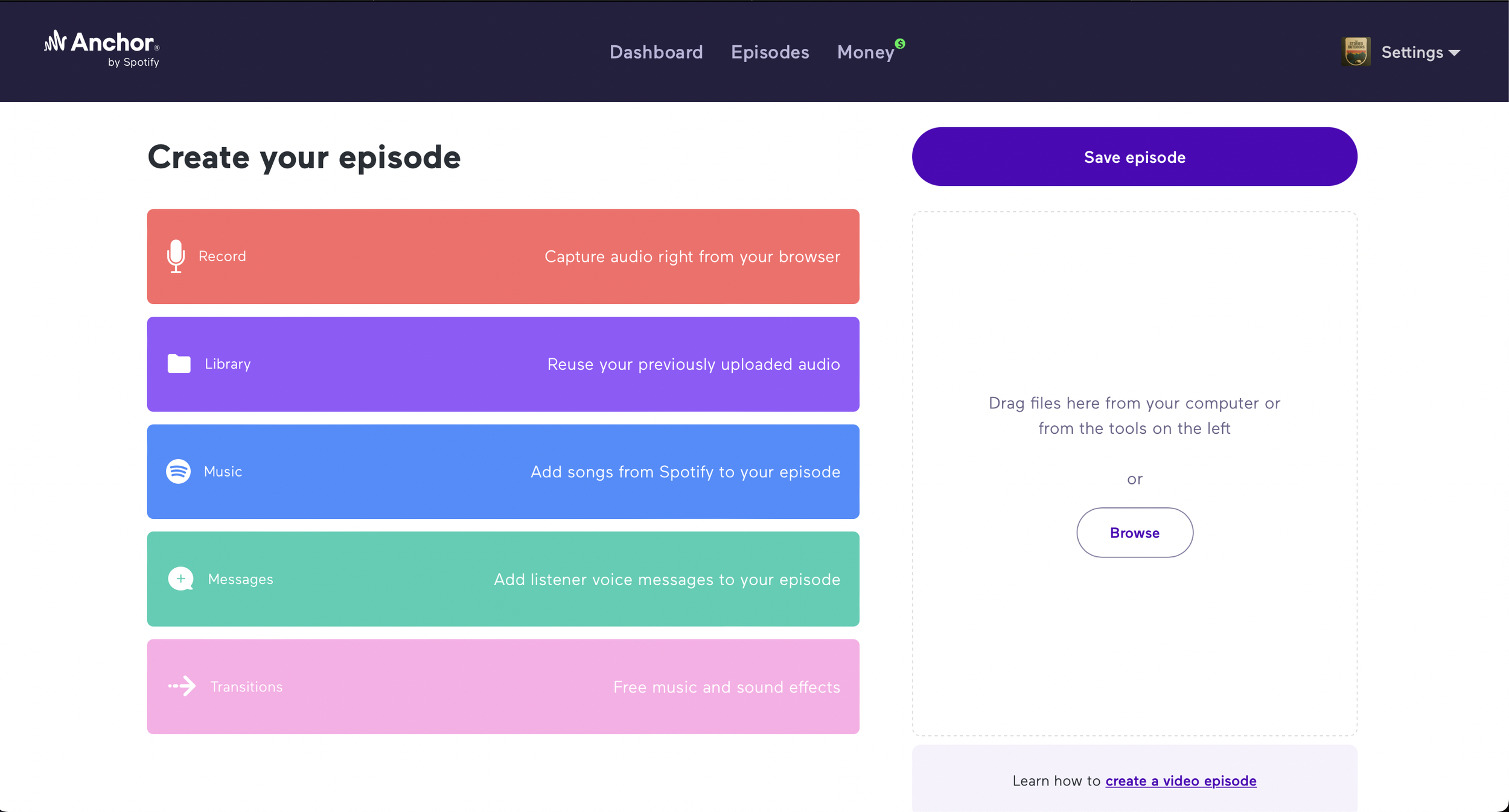
Southern Christian Writers Conference
A Story must be told or there’ll be no story, yet it is the untold stories that are most moving.—J.R.R. Tolkien
“Alfred Hitchcock defined a good story as ‘life with the dull parts taken out.’ Good branding is the same. Our companies are complex, for sure, but a good messaging filter will remove all the stuff that bores our customers and will bear down on the aspects of our brand that will help them survive and thrive”
Branding and Marketing
Know your Brand
Purpose
This is the foundation that EVERYTHING hinges on. Get this right and everything else will fall into place.
TSO- Our purpose is to document stories and conversations that our children will cherish one day. So we asked some questions, do we need another podcast or what area of the podcast world are you going to enhance? Understand that if you’re thinking about creating a podcast, odds are, the topic has already been covered. However, YOUR voice hasn't. Find that voice.
Entertain? Educate? Encourage?
Audience
Define your listener. Age, Race, Gender, Region, Interests, online activity
Voice Your voice matters. Say you want to start a podcast about music. Are you going to teach people how to use an instrument? Music history? Musician gossip?
What are you bringing to the table that nobody else can? How will you set yourself apart?
How is YOUR personality going to come through on the air?
Finding your best name
Keep it simple and interesting, avoid difficult words, and try not to use too many words. Honestly, two to four words is best when considering your podcast name. The name alone should adequately convey that brand of your content. Once you settle on the name, search for it on all the podcast platforms to make sure your name is not already in use. When you confirm its originality search for it as a URL on Go Daddy and purchase it as soon you are able. Having this name in URL form will make finding your podcast easier when people search for it on Google. Does it fit on a sticker? A good resource is sticker mule.
Podcast Description- Be able to tell people in one sentence what your podcast is about.
“A podcast somewhere between Lewis and Tolkien and Lewis and Clark.”
Image: This includes so many aspects like, logo, colors, guest interviews photos, text books and links.
Ask yourself this question, “Is what I’m about to say, post, promote, or do ‘on brand’ with my podcast?” If it isn’t, then don’t do it. When your listeners see or hear you, will they be satisfied or confused as to what you just did?
Reach your Audience: Episode Creation
What style of episode is it? Is your podast a Monologue, Dialogue with Co-host, Guest Interview, Manuscript, Fiction, or Non-fiction? Once you settle on type or types of episodes, stick to your matrix of what an episode is for your podcast.
Episode Length?
TSO- Our conversations are typically 50 minutes and our manuscripted stories are typically 25 minutes
Music
Most episodes have intro and outro music, usually called bumper music. The music you choose will reflect the vibe you want your podcast to have, and this music sets the tone for your interviews. There are many options, but be sure you are not using music that is not someone else's property. You can look for royalty-free music using the same music as your intro music each week creates consistency and help your audience know what's coming when they tune in to your podcast. Truthfully, Find a friend who can play perhaps guitar or piano and ask them to help you write some simple and clean intro music that reflects your podcast. If you purchase music, a great option; I have found music for music to use on videos and media content. Music is a powerful tool to draw people into your podcast.
Visual Content Creation
Create on-brand content that is appealing to your listeners, Canva is your friend
Merchandise?
Spring is a good way to create merchandise and not have to have inventory.
Instagram Observations- We are not experts on this topic but here are some things we have learned.
Photos are the medium
Use text on photos sparingly
Tag people who are mentioned in the episode or photo
Reels are your friends
Facebook Observations
Facebook will bury your post. Just know that.
Text in the body of the post with a series of photos is best.
Facebook ads are good ways to increase traffic, but if you’re not monetizing your podcast, you’re just spending money without a return.
“Good clean signal going in means a good clean signal going out. ”
Lets Get Technical
Microphones
Mics without interface
Airpods microphone will work ok but the audio quality will not be as good as a dedicated microphone.
Built in computer mic
USB powered mics Blue Microphones Yeti Multi-pattern USB Condenser Microphone 130$ is a great option or the Shure SMV USB powered mic
Shure SM7B
Mics with traditional XLR connections
Shure SM7B which is the most common high quality microphone there is also a new USB version of this mic.
Rode Procaster Cardioid Dynamic Broadcast Microphone
There are tons of great financially feasible options to get into podcasting. It can be as simple or complex as you want it to be.
Interface
If you are using conventional microphones you will need an interface with XLR inputs and a USB output to your computer.
Focusrite has several options and several others out there that work wonderfully.
If you are interviewing guest over zoom or FaceTime, one key component for clean quality recording will also include the use of Headphones to hear your guest. If you don’t use headphones, what you hear through your speakers will also be heard on your microphone. Many would dub this bleed onto your channel. To eliminate bleed use some headphones.
Cloudlifter The cloud lifter will help add gain/volume to your mic.
Software
Depending on your computer operating system there are several basic programs that give you flexibility to mix and edit your content. The one The Storied Outdoors uses is Garageband. This is the standard recording software use by Apple computers. There are several great platforms that will accomplish what you need to have good quality audio.
There are a few places where you can upload your audio to publish your podcast. A little research goes a long way. I am in no way paid by Anchor, who Spotify owns, to tell you this, but we have found this platform to be the easiest and cheapest way to publish a podcast. You can record everything into their software through Anchor's platform and edit it on their site and post it.
The nifty thing also is they help you with distribution by distributing your podcast RSS feed; seriously, I didn't believe it but ( RSS stands for Really Simple Syndication) – an XML-based format for sharing and distributing Web content. In layman's terms, RSS allows you to subscribe to a "news feed" from your favorite Web site (you know it's the Library of Congress) and receive automatic updates from that site as they become available. Anchor will help you get onto Spotify and Apple Podcast, and several others that I had no idea existed until I started working on this podcast.
Anchor also offers an opportunity to monetize your content and will match you with content-appropriate consumer products. Monetization isn't something we have done yet, but we are certainly considering that option.
Spotify offers some in-depth analytics to help you understand who is listening to your podcast, like what countries they are listening. This info is partly creepy but mostly incredible, and there is some other demographic information that will help you hone in on your audience.

Have Fun
“I don't want to have lived in vain like most people. I want to be useful or bring enjoyment to all people, even those I've never met. I want to go on living even after my death!”










